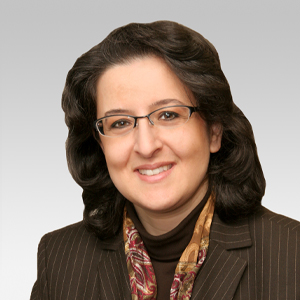
In older adults with type 1 diabetes, continuous blood glucose monitoring was more effective in reducing hypoglycemia than standard blood glucose monitoring, according to recent findings published in JAMA.
Individuals with type 1 diabetes — which occurs when the pancreas produces little or no insulin — are encouraged to maintain their daytime blood glucose levels between 70 and 180 milligrams per deciliter to prevent the risk of hypoglycemia, or lower than normal blood glucose levels.
Hypoglycemia is generally treated by eating glucose tablets or drinking juice to rapidly increase blood glucose levels. However, in some situations, even after treating low glucose levels with rapid acting carbohydrates, severe hypoglycemia can occur and may cause cognitive impairment, falls leading to fractures, loss of consciousness, seizures, cardiac arrhythmias, coma or even death.
Adults over the age of 60 with type 1 diabetes are at an increased risk of hypoglycemia, which can be caused by a variety of factors including taking increased levels of insulin for a meal or exercise, not eating enough throughout the day or taking medications that decrease glucose levels.
This patient population is also susceptible to what is known as hypoglycemia unawareness, when the body no longer shows symptoms associated with low blood glucose levels such as excessive sweating, increased hunger or tremors.
Although standard glucose monitoring can help with the adjustment of insulin levels to treat hypoglycemia, it only measures glucose levels at a single moment in time. On the other hand, continuous glucose monitoring systems which continuously measures glucose concentrations in the blood, allows for real-time assessment of glucose levels and trends, according to Grazia Aleppo, MD, professor of Medicine in the Division of Endocrinology and a co-author of the study.
“Continuous glucose monitoring, with its predictive alerts and alarms, is a proactive treatment option which can prevent the occurrence and the severity of hypoglycemia and its consequences,” Aleppo said.
In the current study, a total of 203 adults aged 60 years or older with type 1 diabetes were randomized to receive either continuous blood glucose monitoring or standard blood glucose monitoring for six months. Both groups also attended monthly follow-up appointments during the study period with hemoglobin levels being measured at baseline, four months and six months.
The authors found that those who received continuous glucose monitoring compared with standard blood glucose monitoring saw a small but significant decrease in hypoglycemia occurrence. Specifically, the amount of time glucose levels were in a hypoglycemic range for those who received continuous glucose monitoring was reduced from 73 minutes to 39 minutes per day. On the other hand, for participants in the control group who received standard glucose monitoring, average minutes per day in hypoglycemia actually increased, from 68 minutes to 70 minutes per day.
Aleppo added that continuous glucose monitoring users were also less likely to have a severe hypoglycemic event compared to the control group and continuous glucose monitoring use increased the amount of time glucose levels were in the target range by more than two hours a day.
“Because hypoglycemia can lead to serious complications including hospitalization and death, the reduction in severe hypoglycemic events could have important public health implications. Therefore, we should recommend continuous glucose monitoring therapy to our older adult patients with diabetes,” Aleppo said.
This study was supported by JDRF and the Leona M. and Harry B. Helmsley Charitable Trust.






